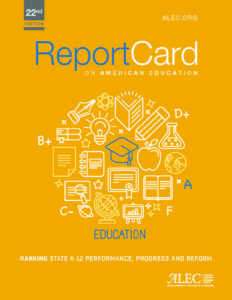
This economic downturn is an opportunity to reform school finance systems: Aaron Garth Smith and Christian Barnard
How much money is needed to provide an “adequate” education for kids? This question has been debated vigorously in state legislatures, courthouses and media outlets throughout the country as stakeholders seek to define a sufficient per-pupil funding amount for school districts. While identifying such a precise figure might be impossible, it does raise a related question that’s seldom asked: Should school districts have free rein to raise vast sums of local dollars beyond any reasonable definition of adequacy? After all, it makes little sense to spend more on public education than what’s needed — especially with the economic downturn caused by the coronavirus crisis threatening education budgets.
In every state, it’s not hard to find examples of excessive spending. For instance, in 2017-18 Missouri’s Brentwood School District generated more than $21,000 per pupil in state and local operating revenue alone. For context, this mirrors the sticker price for Chaminade, an elite private school nearby, and is more than double what some neighboring districts raise. While it’s obvious that both are spending at high levels — especially given their low-need student populations — Chaminade is privately funded and Brentwood relies on public dollars. There are bipartisan reasons that school districts should not be allowed to spend like elite private schools on the taxpayers’ dime, especially when many other districts can’t access the same funding.
Many funding equity advocates, who tend to lean left, already agree. After all, they argue, it’s only fair to put districts on equal footing and disadvantaged students are often the ones shortchanged. Surprisingly, it’s often conservatives — who favor fiscal restraint in other policy contexts — giving a free pass for excessive spending. But there’s a good reason they shouldn’t.
To read the rest of this column in the Hill, please click here.



